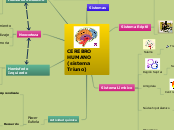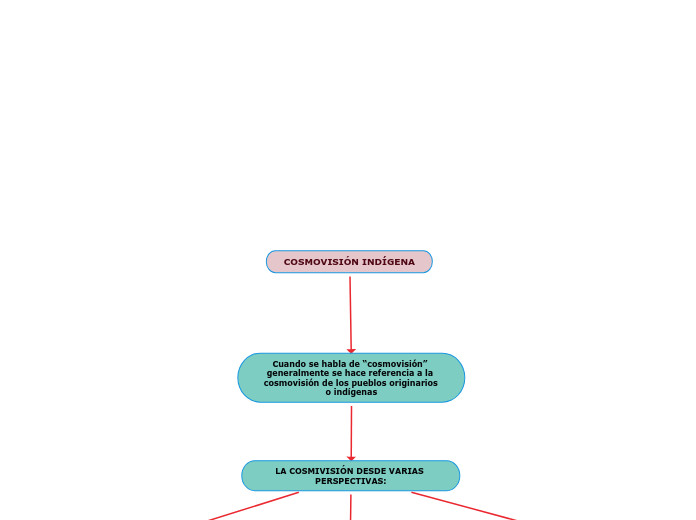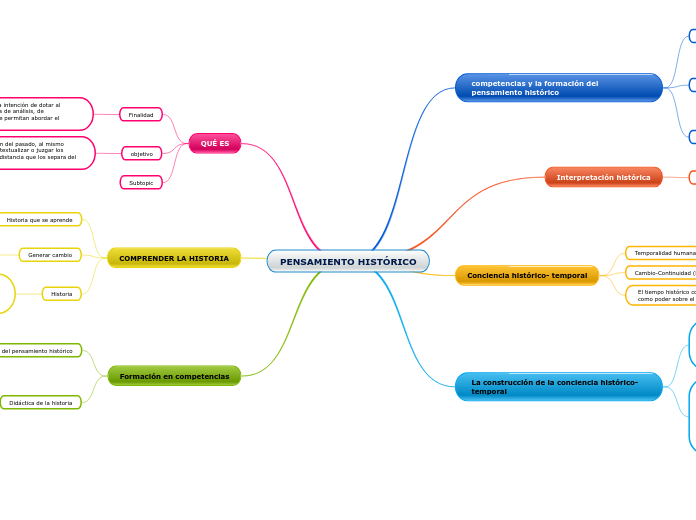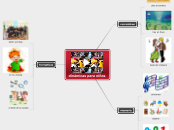PROCEDIMIENTOS PARA RESOLVER RESTAS
Recuperación de memoria
Desconteo
Contar a partir del nº que hay que sustraer
Contar con los dedos
Emparejar
Añadir objetos
Contar con objetos
PROCEDIMIENTOS RESOLVER SUMAS
Adivinanza
Recuperación
Sobreconteo rápido
Descomposición
Sobreconteo lento
Recuento
Composición de estados relativos
Transformación sobre estados relativos
Composición de transformaciones
Comparación de medias
Transformación de medias
Composición de medidas
PRINCIPIOS
Orden irrelevante
Abstracción
Cardinalidad
Orden estable
RESOLVER PROBLEMAS
Procedimientos de cálculo
Procedimientos mixtos
Sobrecontar
Decontar
Contar los elementos de una colección
Subitizar
Estimulación visual
Correspondencia “subconjunto” a “subconjunto
Correspondencia término a término
Ponen en juego 2 coleccciones
Anticipar los resultados finales
De división o reparto de una colección
Referencias ordinales
Combinar dos colecciones
Completar una colección
Comprar dos colecciones
Colección equipotente a otra
TIPOS DE PROBLEMAS
Anticipar resultados
Repartir una cantidad
Reproducir una cantidad
Recordar una cantidad
Administrar una colección.
Verificar la conservación de una colección.
Funciones
Medir una colección
Producir una colección
CONOCIMIENTO NUMÉRICO- ARITMÉTICO
Type in the name of the book you have read.
CONTAR
Type the main events of the book, classifying them in: events from the beginning, events from the middle, and events from the end of the book.
Describe the story visually. Add a representative picture for each of them.
CONTEO
Cardinación de la cantinela
Permite
Comparar colecciones
Type the main events from the end.
Add a representative picture for each of them.
Implica
Asignar a cada objeto un nombre
Conocer su secuencia numérica
Enumerar elementos
Type the main events from the middle.
Add a representative picture for each of them.
¿Qué es contar?
Algo que se hace y no se explica
Actividad naturalizada
Destreza útil
Type the main events from the beginning.
Add a representative picture for each of them.
ARITMÉTICA INFORMAL
Aprendizaje y uso de secuencias numéricas
Restas
Sumas
Take notes while you read the book. Write here your favorite quotes from the book.
Métodos de adicción y sustracción
Take notes while you read the book. Type here the resources, books, or websites that the author mentioned and you want to check out later.
Abstracción proceso secuencial
Añadir o quitar elementos
Transformar el valor cuantitativo
ALGORITMOS
Cálculo pensado
CÁLCULO ARITMÉTICO
Procedimiento canónicos de cálculo
Resultado transformación de métodos artesanales
Cálculo escrito
Cálculo mental
Cálculo con recursos tecnológicos
Cálculo con material manipulativo
Sistema de numeración
CARACTERÍSTICAS
Aditivo-multiplicativo
Posicional
Facilidad hacer cálculos
Escritura, no tiene ambigüedad
Designar cualquier cantidad
Información incompleta
Base 10
Conjunto finito
The main idea is what the book is mostly about.
Some tips to find out the main idea of a book easier:
- Read the title.
- Look for the text features.
- Figure out if you are reading a fiction or a non fiction book.
- Think about some examples that support this idea.
REGLAS
SIGNOS
Números naturales
Type the names of the book characters. Start with the main character.
Draw arrows to represent the relationship between them and if it is possible write on them what they represent for each other (if they are relatives, friends, lovers, enemies etc.)
USOS
Medir
Simbolizar o etiquetar
Cardinal
Secuencia numérica
Cronometrar
Ordenar
Contar
TIPOS
ORDINAL
Sucesión
CARDINAL
¿Cuántos elementos hay?
Correspondencia biunívoca
Correspondencia uno a uno
Cualidad de los conjuntos
Asociado un valor numérico
What are the characteristics that best describe the character? Type them here.
Nombre
Símbolo
CONSTRUCCIÓN DEL NÚMERO NATURAL
What is the reason why the author wrote the book?
NUMERACIÓN
UTILIDAD
Ordenar una colección
Generar una colección
Medida de una colección
Asignación de números
Permite hablar y representarlo
NÚMERO
Cantidad
2 RAMAS
Aritmética informal
Construcción del número natural
Se encarga de
Who is the author of the book? Type in his/her name.
Desde 3 capacidades
Operadores lógico-aritméticos
Analizar sus relaciones
Identificar CANTIDADES
Analizar
Objetos y colecciones
Mundo físico
Hechos y acciones
Cualidades cuantificables









